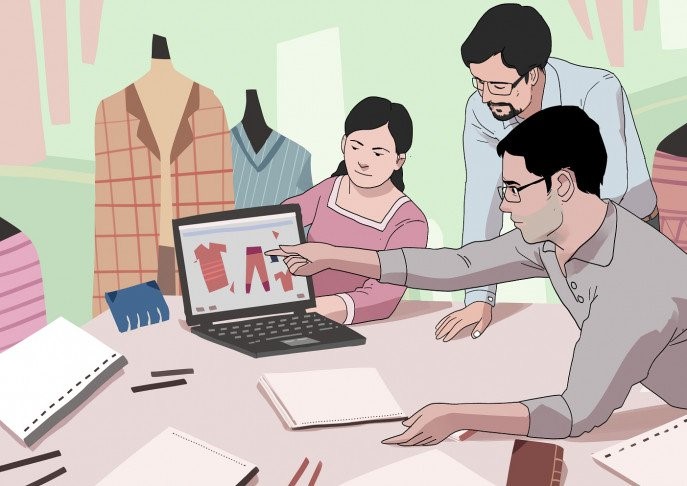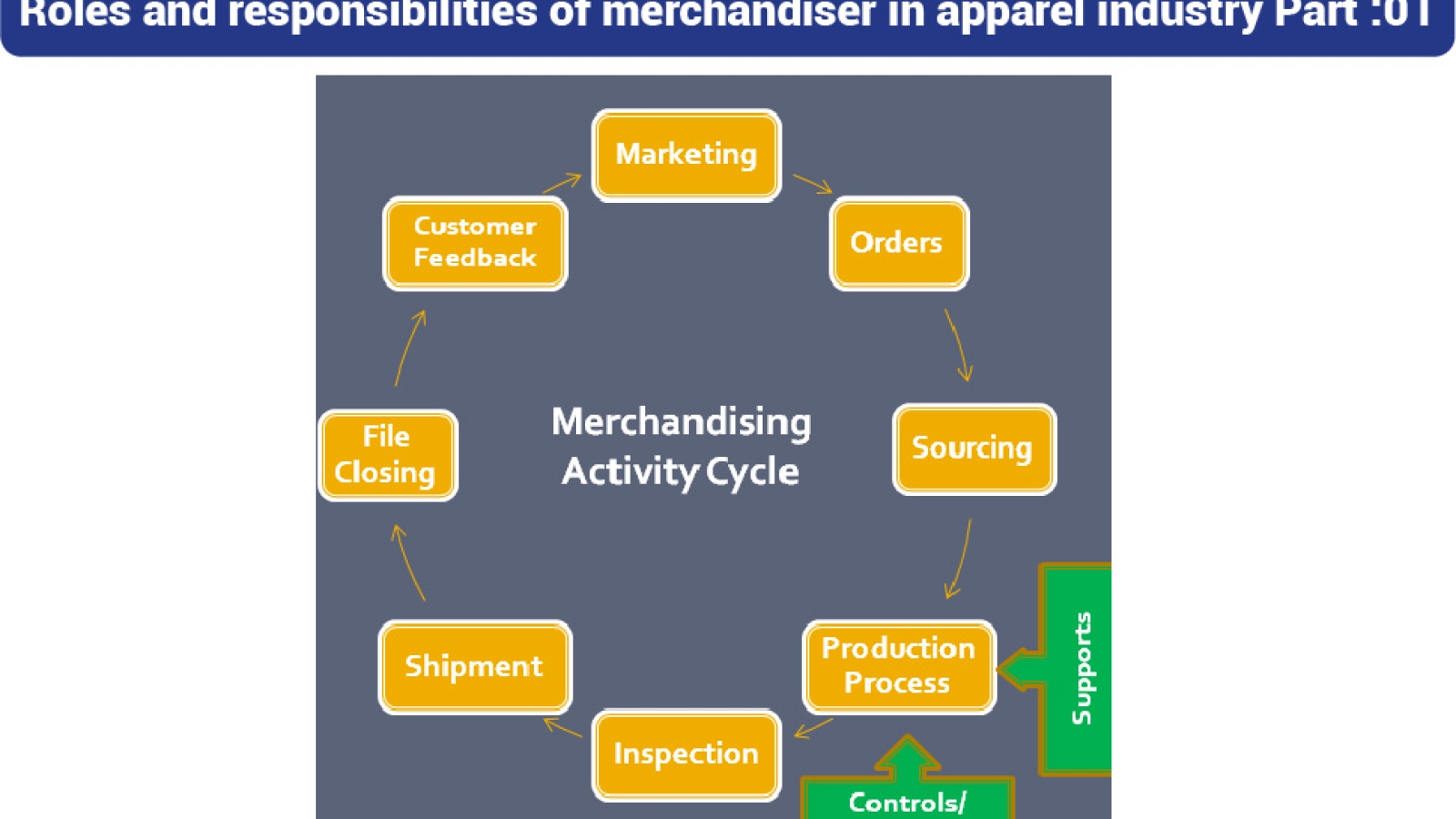What does a merchandiser actually do?
An industry’s job is to produce and that product must be made for a buyer or a consumer.On the other hand an Apparel Merchandising or Readymade Garments Merchandiser assumes all the responsibility of making this product at the right time and sending it to the buyer.Since an apparel merchandising completes all the processes of making a product and delivering it to the buyer within the desired time, an apparel merchandiser is often said to act as a bridge between the buyer and the industry.Starting from raw material collection or after raw material processing are required to finish the product, making the garment, finishing the garment, preparing documentation, and finally shipping all is done by a merchandiser.n my today’s series blog, I will focus on internal and external communication as well as sampling in a few words.

Picture Credits: The business standard
What and how internal and external communication is done?
It is said that one of the best qualities of a merchandiser is that his communication system can be verbal, verbal, written or even the right price.A merchandiser communicates not only with the buyer but also with the nominated factory owner, the fabric manufacturing company, the trimming and accessories supplier, and the ability to communicate must be accompanied by the utmost effort to maintain the right price and quality. A good quality buyer prefers to trust those merchandisers who have the ability to deliver the product in a timely manner as well as provide the guaranteed merchandiser to maintain the desired quality of the product.
Why is sampling time considered to be the most Important and challenging time in receiving the order?
A merchandiser agrees to take up the challenge if the merchandiser thinks that the sample can be developed in a similar way by his company or outside third party.But before accepting a sample, a merchandiser must consider exactly how much he will be able to do, because without a preconceived notion it will never be possible for the merchandiser to succeed.

initially if the sample is in the mind of the buyer or if it is slightly variable but if it is acceptable then later different types of samples should be developed here such as proto sample, fit sample, fit sample, photoshoot sample, salesman sample, size set sample, etc.The focus of the merchandiser is always on how to develop the exact sample before the casting as to how the exact sample is to be developed by the buyer because the initial development of the sample will depend on whether the order will be available.
Source: Self-content with Google searching
Author
Md Ashikur Rahman
Instructor (Textile & GDPM)
Department of Textile Engineering


Add a Comment
You must be logged in to post a comment